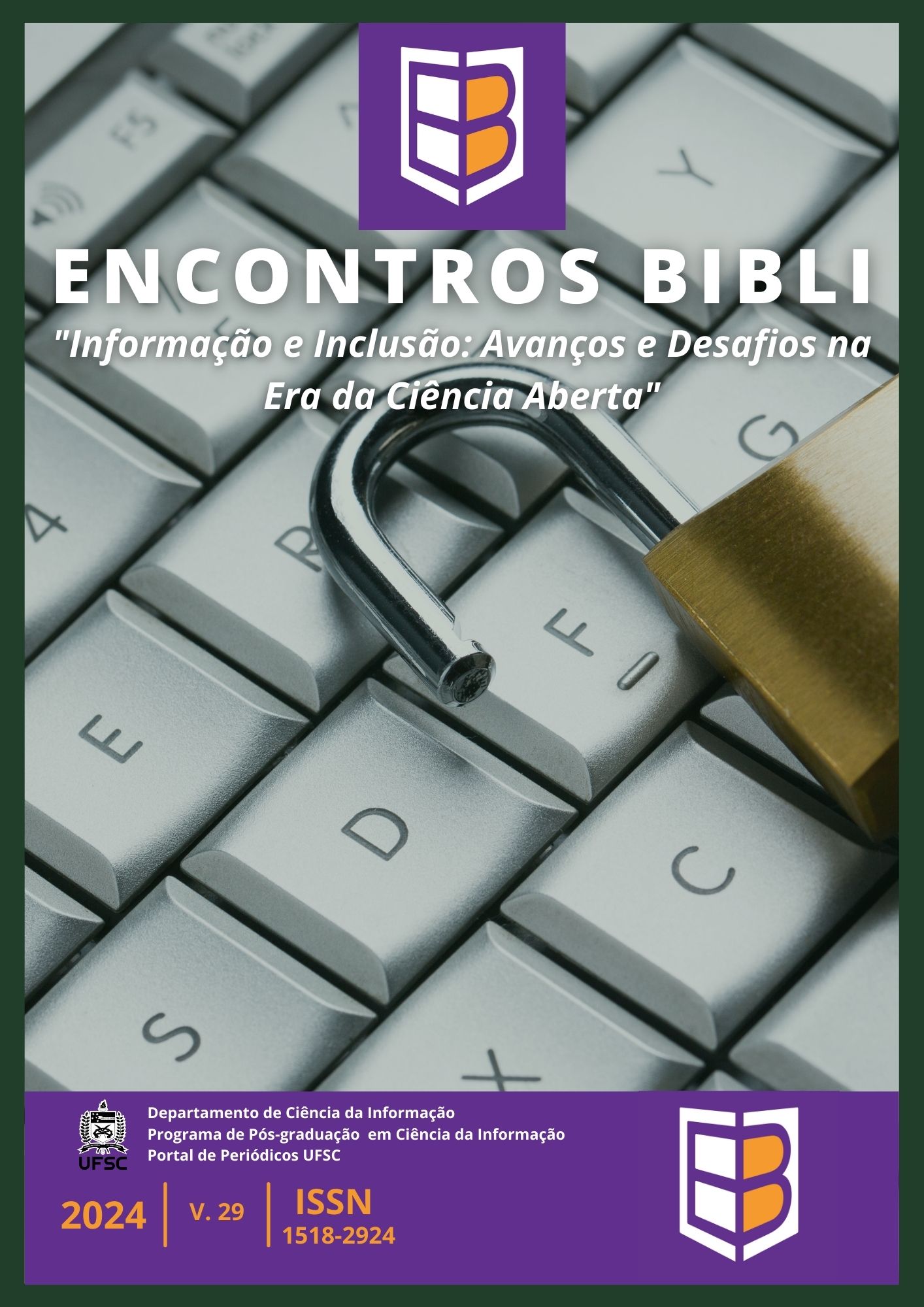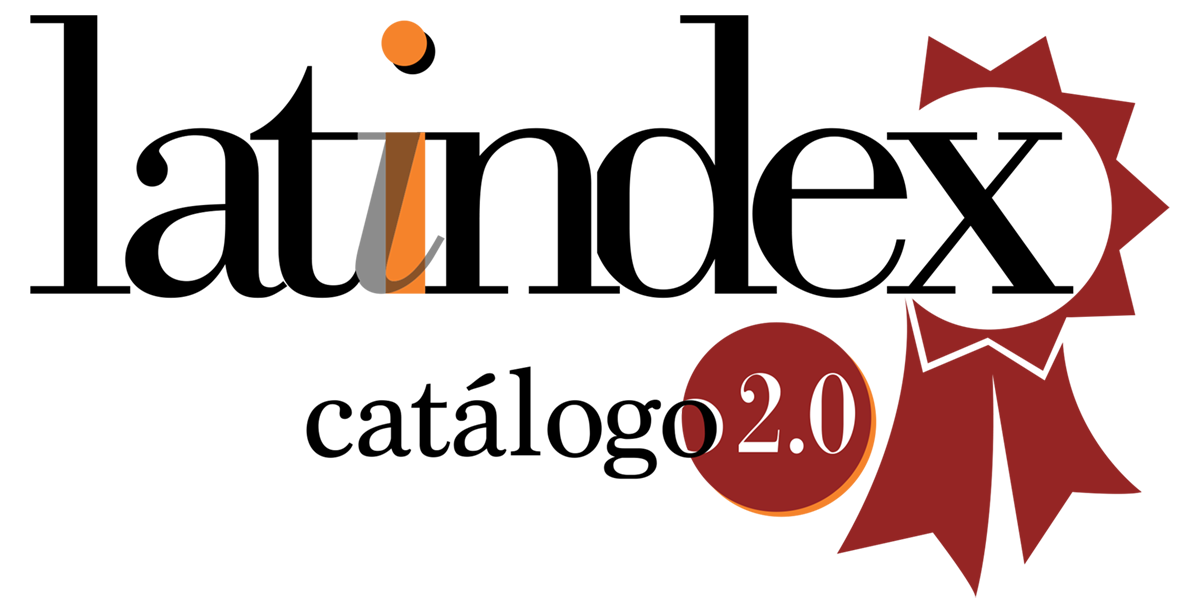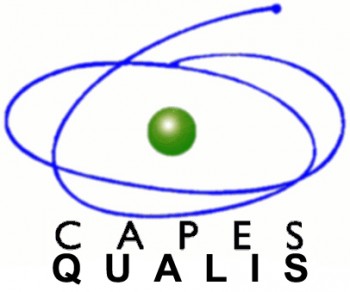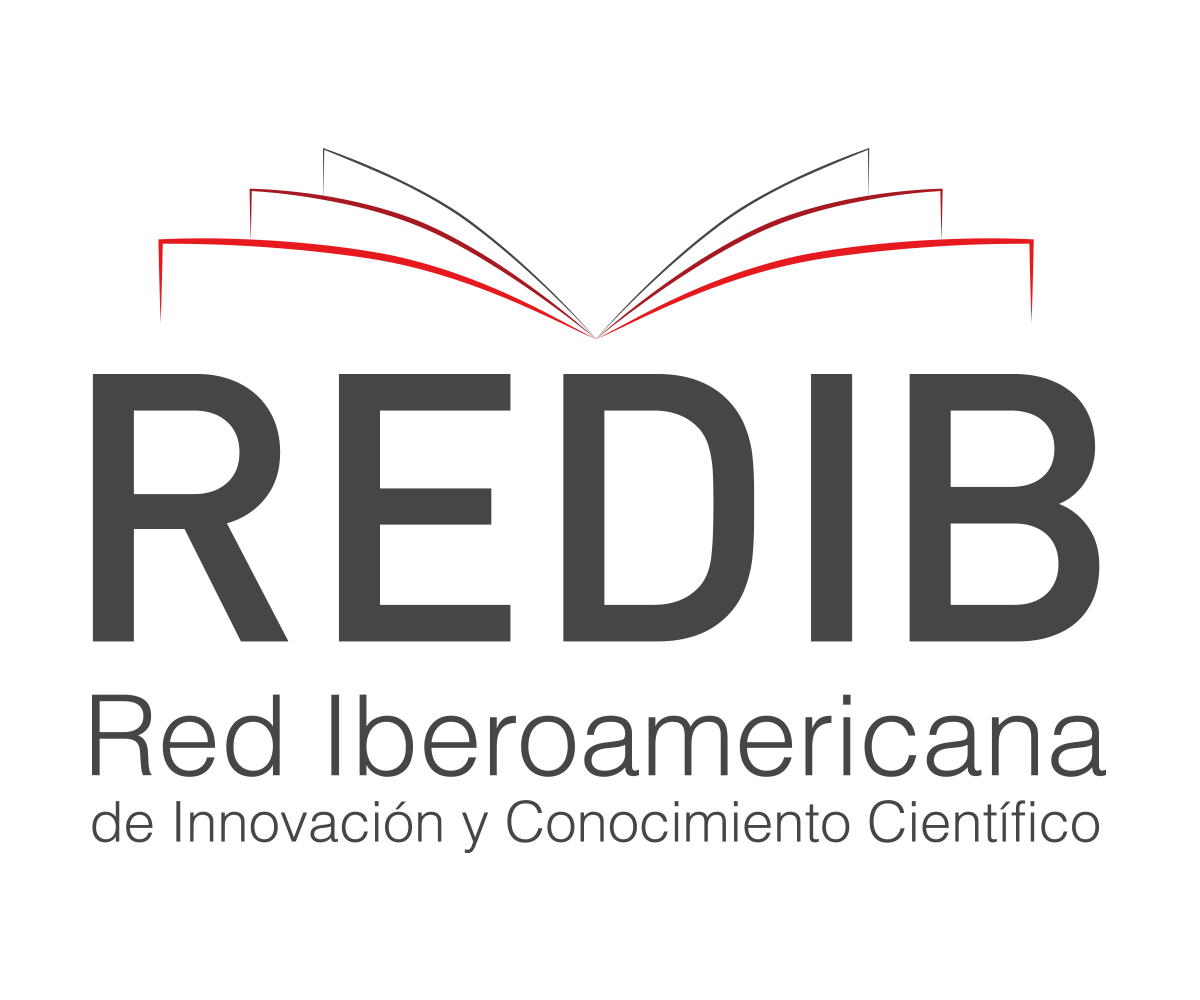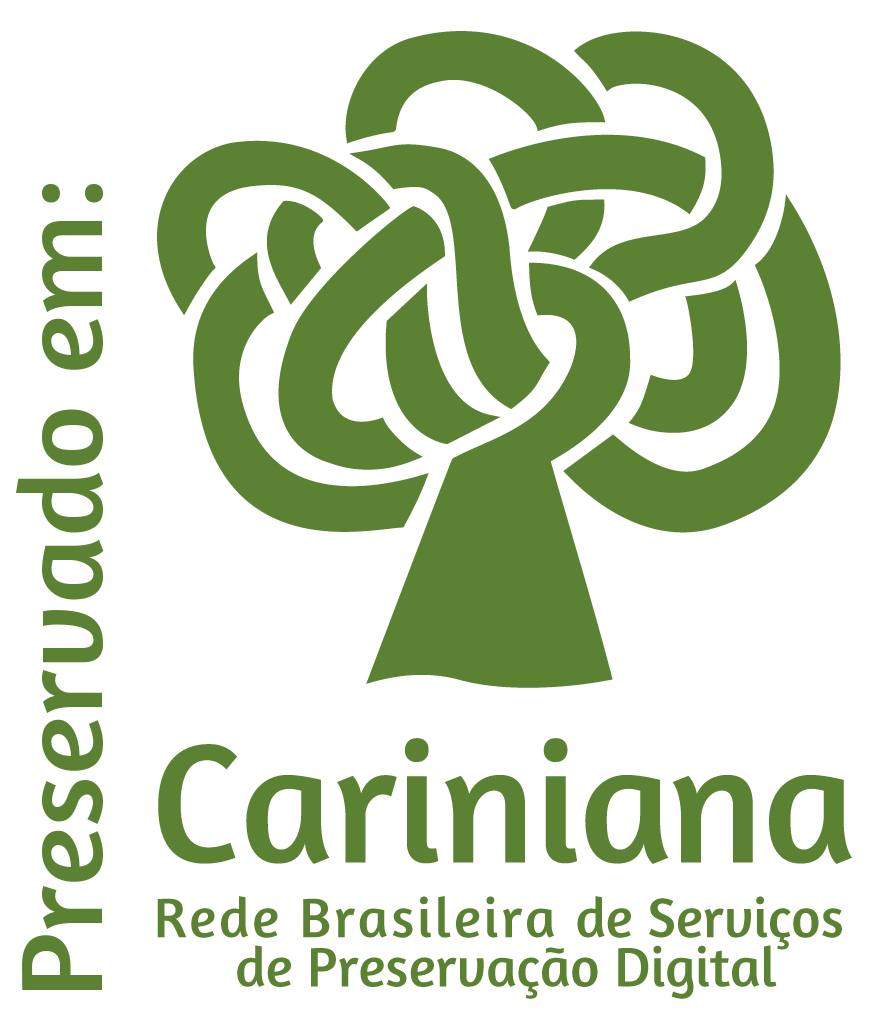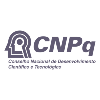Terminologia de Interface: processamento de linguagem natural de dados clínicos em narrativas do Prontuário Eletrônico do Paciente
DOI:
https://doi.org/10.5007/1518-2924.2024.e94983Keywords:
Registros Eletrônicos de Saúde, Dados de Saúde Gerados pelo Paciente, Recuperação da informação, Ginecologia, Processamento de linguagem NaturalAbstract
Objective: To present the retrieval and analysis of clinical data from anamneses in the. Electronic Health Record (EHR), referred to in this research as Interface Terminology.
Methods:The clinical data collection process in this research was carried out on electronic patient records from a private hospital. The data sample consisted of 18,256 anamneses from the field of gynecology in 2018. The clinical data was retrieved through Natural Language Processing using the Python language. The most frequent terms related to clinical data were analysed, such as abbreviations and acronyms, stop words, procedures, and n-grams.
Results: Clinical data has the potential to be reused for scientific production, epidemiological profiling and the creation of dictionaries and enrichment of controlled vocabularies for EHR and other health information systems. They are also important in defining algorithms for information retrieval. As a result, a repository was created in OSF containing spreadsheets and tables with clinical data for reuse in algorithm delimitation, word cloud creation and to identify the most frequent terms in electronic patient records in the field of Gynecology, while the algorithms used in information retrieval were made available in GitHub. The data has been published in the OSF: https://osf.io/de43a/.
Conclusions: Clinical data is information about the patient that is used for care purposes, hospital administrative issues, research related to the patient's health and illness. The Interface Terminology, exemplified in the research hospital's EHR, presented a diversity of clinical data in the anamneses.
Downloads
References
BAUD, R.H.; et al. Reconciliation of ontology and terminology to cope with linguistics. Studies in Health Technology and Informatics, Amsterdam, v.129, Pt 1, p.796-801, 2007.
BIRD, S.; KLEIN, E.; LOPER, E. Natural Language Processing with Python: Analyzing Text with the Natural Language Toolkit. Sebastopol: O'Reilly Media, 2019. Disponível em: http://www.nltk.org/book/. Acesso em 15 fev 2021.
BLOBEL, B. Interoperable EHR Systems – Challenges, Standards and Solutions. European Journal for Biomedical Informatics, Praga, v.14, n,2, p.10-19, 2018.
BRASIL. Resolução CFM nº 2056 de 20 de setembro de 2013. Disciplina os departamentos de Fiscalização nos Conselhos Regionais de Medicina, estabelece critérios para a autorização de funcionamento dos serviços médicos de quaisquer naturezas, bem como estabelece critérios mínimos para seu funcionamento, vedando o funcionamento daqueles que não estejam de acordo com os mesmos. Trata também dos roteiros de anamnese a serem adotados em todo o Brasil, inclusive nos estabelecimentos de ensino médico, bem como os roteiros para perícias médicas e a organização do prontuário de pacientes assistidos em ambientes de trabalho dos médicos.Brasília, DF: Presidência da República, 2013. Disponível em : https://www.legisweb.com.br/legislacao/?id=261676. Acesso em 07 jan.2020.
CONSELHO FEDERAL DE MEDICINA. Código de Ética Médica. Resolução CFM nº 1.931, de 17 de setembro de 2009.Brasília: CFM, 2010. (versão de bolso). Disponível em : https://portal.cfm.org.br/images/stories/biblioteca/codigo%20de%20etica%20medica.pdf. Acesso 07 jan. 2020.
CONSELHO REGIONAL DE MEDICINA DO DISTRITO FEDERAL. Prontuário médico do paciente: guia para uso prático. Brasília: Conselho Regional de Medicina, 2006. Disponível em : http://www.crmdf.org.br/sistemas/biblioteca/files/7.pdf. Acesso 09 ago 2012.
DALIANIS, H. Characteristics of Patient Records and Clinical Corpora. In: DALIANIS, H. Clinical Text Mining: Secondary Use of Electronic Patient Records. [s.n.],2018. cap. 4 Disponível em:http://link.springer.com/10.1007/978-3-319-78503-5. Acesso em: 2 jan. 2019.
FARLEX PARTNER MEDICAL DICTIONARY. Anamnesis. 2012. Disponível em: https://medical-dictionary.thefreedictionary.com/anamnesis. Acesso em: 7 jan 2020.
GRÜNE, S. Anamnese und körperliche Untersuchung. Deutsche Medicinische Wochenschrift, Stuttgart, v.141, n.1, p.24-7. Jan. 2016.
LÓPEZ, M. Anamnese. In: LÓPEZ, M.; MEDEIROS, J.L. Semiologia Médica: as bases do diagnóstico clínico. 3.ed. Atheneu: Rio de Janeiro, 1990. Cap. 2, p. 20-34.
MANNING, C. D.; SCHÜTZE, H. Foundations of statistical natural language processing. Cambridge Massachusetts: MIT press, 1999. 620 p.
MOSLEY, M. (ed.). et al. The DAMA Guide to the Data Management Body of knowledge (DAMA- DMBOK Book). Bradley Beach, NJ: Technics Publications, 2009. 406p.
SCHULZ, S.; et al. Interface Terminologies, Reference Terminologies and Aggregation Terminologies: A Strategy for Better Integration. Studies in Health Technology and Informatics, Amsterdam, v. 245, p. 940-944. 2017.
SHORTLIFFE, E.H.; BARNETT, G.O. Biomedical Data: Their Acquisition, Storage, and Use. In: SHORTLIFFE, E.H.; CIMINO, J.J. (Editors). Biomedical Informatics: Computer Applications in Health Care and Biomedicine. 4th Ed. London: Springer-Verlag, 2014. Cap.2, p.46-79.
SOUZA, A. D. INTERFACE TERMINOLOGY: INTERFACE TERMINOLOGY: Natural language processing of clinical data in Electronic Health Record narratives. OSF [dataset], 2023. Disponível em: https://osf.io/de43a/.Acesso em 06 jun 2023.
SOUZA, A.D. O discurso na prática clínica e as terminologias de padronização: investigando a conexão. 2021. Tese (Doutorado em Gestão e Organização do Conhecimento). Pós-Graduação em Gestão e Organização do Conhecimento, Escola de Ciência da Informação, Universidade Federal de Minas Gerais, Belo Horizonte, 2021.Disponível em: http://hdl.handle.net/1843/38044. Acesso em 06 jun. 2023.
WANG Z, et al. Extracting diagnoses and investigation results from unstructured text in electronic health records by semi-supervised machine learning. PLoS One, San Francisco, v.7, n.1, p.e30412, 2012.
Downloads
Published
How to Cite
Issue
Section
License
Copyright (c) 2024 Amanda Damasceno de Souza, Frederico Giffoni de Carvalho Dutra, Fábio Corrêa, Helton Júnio da Silva, Jurema Suely de Araújo Nery Ribeiro, Eduardo Ribeiro Felipe

This work is licensed under a Creative Commons Attribution 4.0 International License.
The author must guarantee that:
- there is full consensus among all the coauthors in approving the final version of the document and its submission for publication.
- the work is original, and when the work and/or words from other people were used, they were properly acknowledged.
Plagiarism in all of its forms constitutes an unethical publication behavior and is unacceptable. Encontros Bibli has the right to use software or any other method of plagiarism detection.
All manuscripts submitted to Encontros Bibli go through plagiarism and self-plagiarism identification. Plagiarism identified during the evaluation process will result in the filing of the submission. In case plagiarism is identified in a manuscript published in the journal, the Editor-in-Chief will conduct a preliminary investigation and, if necessary, will make a retraction.
This journal, following the recommendations of the Open Source movement, provides full open access to its content. By doing this, the authors keep all of their rights allowing Encontros Bibli to publish and make its articles available to the whole community.
Encontros Bibli content is licensed under a Creative Commons Attribution 4.0 International License.
Any user has the right to:
- Share - copy, download, print or redistribute the material in any medium or format.
- Adapt - remix, transform and build upon the material for any purpose, even commercially.
According to the following terms:
- Attribution - You must give appropriate credit, provide a link to the license, and indicate if changes were made. You may do so in any reasonable manner, but not in any way that suggests the licensor endorses you or your use.
- No additional restrictions - You may not apply legal terms or technological measures that legally restrict others from doing anything that the license permits.

